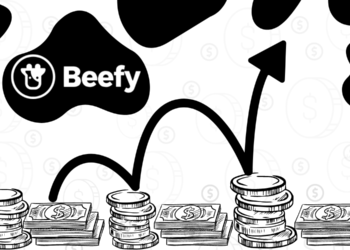In a rapidly evolving digital landscape, cryptocurrency is becoming a prevalent means of exchange. For businesses looking to stay ahead and embrace modern payment solutions, accepting cryptocurrency payments can open up new opportunities. Here’s a glimpse into how you can seamlessly integrate cryptocurrency payments into your business.
- Set Up a Cryptocurrency Wallet:
Begin by selecting a reputable cryptocurrency wallet that suits your business needs. Options range from software wallets for online businesses to hardware wallets for added security. Each wallet is associated with specific cryptocurrencies, so choose one that aligns with the coins you wish to accept.
- Choose Accepted Cryptocurrencies:
Decide which cryptocurrencies you want to accept. Bitcoin (BTC) and Ethereum (ETH) are popular choices, but consider others based on your target audience and market trends, especially some memecoins, although they have high risks involved.
- Integrate a Payment Processor:
To facilitate cryptocurrency transactions, integrate a payment processor or gateway. Providers like BitPay and CoinGate offer user-friendly plugins and APIs for seamless integration with your online store or point-of-sale system.
- Set Prices in Cryptocurrency:
Display prices in cryptocurrency alongside traditional fiat currency to provide transparency to your customers. You can either fix prices in cryptocurrency or update them in real time based on exchange rates.
- Educate Your Staff and Customers:
Train your staff to understand how cryptocurrency payments work, ensuring they can assist customers. Provide educational resources to your customers to familiarize them with the payment process.
- Secure Your Transactions:
Prioritize security by implementing robust cybersecurity measures to protect your cryptocurrency holdings. Regularly update your systems and follow best practices for safeguarding digital assets.
- Compliance and Taxes:
Understand the legal and tax implications of accepting cryptocurrency payments in your region. Consult with financial experts to ensure compliance with local regulations.
- Marketing and Promotion:
Promote the fact that your business accepts cryptocurrency payments. Attract tech-savvy customers by highlighting this payment option in your marketing campaigns.
- Monitor and Adapt:
Track your cryptocurrency transactions and analyze their impact on your business. Adjust your strategy as needed to optimize the benefits of accepting cryptocurrency.
By adopting cryptocurrency payments, your business can tap into a growing market and offer customers a modern, efficient, and secure payment option. Stay attuned to industry trends and the evolving cryptocurrency landscape to keep your business at the forefront of innovation.
Disclosure: This is not trading or investment advice. Always do your research before buying any cryptocurrency or investing in any service.
Follow us on Twitter @thevrsoldier to stay updated with the latest Crypto, NFT, and Metaverse news!
Image Source: setthaphatdc/123RF// Image Effects by Colorcinch












